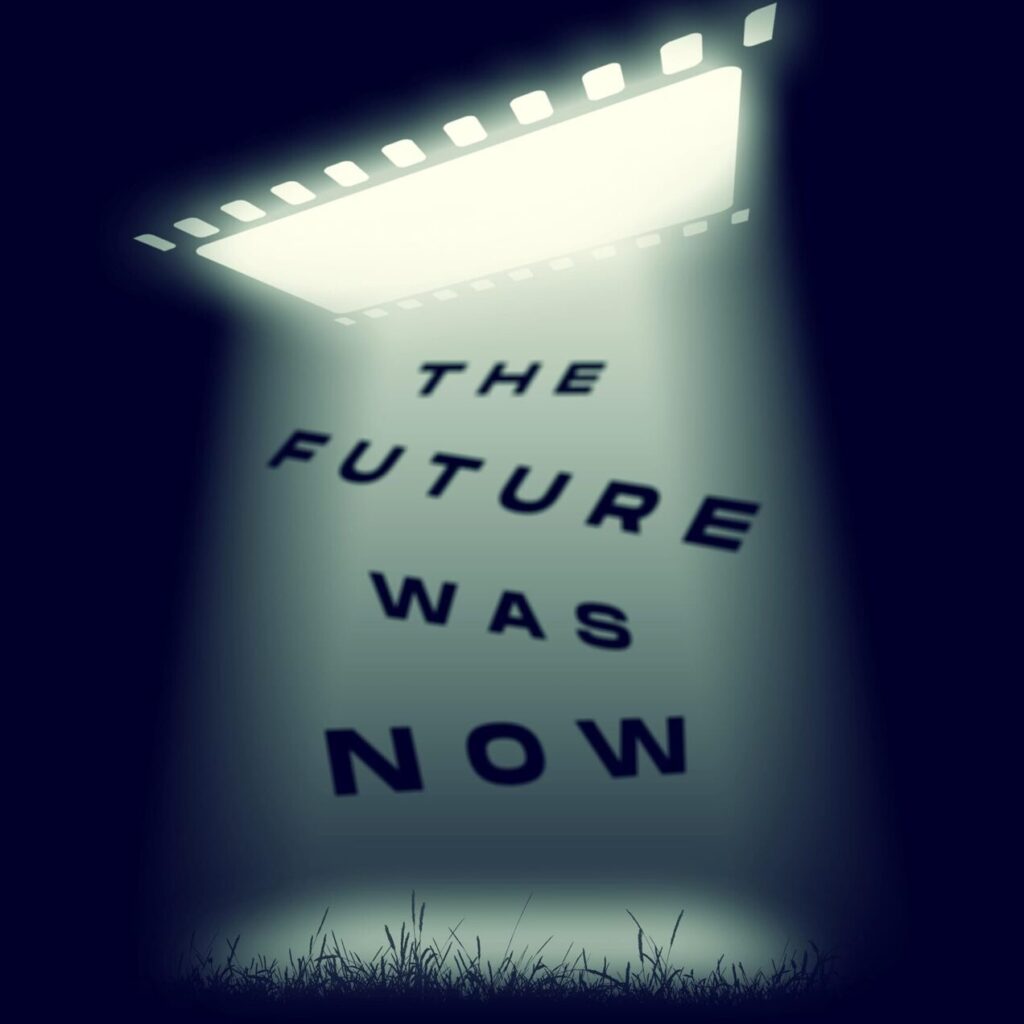
Embracing the Future: A Journey Through “The Future Was Now”
In “The Future Was Now,” Chris Nashawaty takes readers on a captivating journey through the summer of 1982, a pivotal moment in cinematic history that forever changed the landscape of Hollywood. This meticulously researched narrative chronicles the release of eight iconic science fiction films—E.T., Tron, Star Trek II: The Wrath of Khan, Conan the Barbarian, Blade Runner, Poltergeist, The Thing, and Mad Max: The Road Warrior—within a mere six weeks. Through engaging storytelling and a deep love for cinema, Nashawaty explores the cultural impact of these films, the creative minds behind them, and how they collectively redefined the film industry.
Summary
The summer of 1982 marked a turning point in Hollywood, as the film industry began to embrace high-concept storytelling and the potential for blockbuster success. Nashawaty’s narrative delves into the behind-the-scenes stories of the eight films that emerged during this transformative period. Each film not only captivated audiences but also introduced new ideas, technologies, and storytelling techniques that would shape the future of cinema.
The book begins with the success of Jaws and Star Wars, which set the stage for the blockbuster era. Nashawaty highlights how these films influenced studio executives to take risks on science fiction and fantasy projects, leading to the creation of the films released in the summer of 1982.
As the narrative unfolds, readers are introduced to key figures in the filmmaking process, including directors, writers, and actors who played pivotal roles in bringing these stories to life. Nashawaty provides insights into the creative challenges they faced, from budget constraints to studio interference, and how they overcame these obstacles to create cinematic masterpieces.
For instance, he explores how Steven Spielberg conceived E.T. as a heartwarming family tale, while simultaneously managing the troubled production of Poltergeist. Ridley Scott’s journey with Blade Runner, initially a box office disappointment, is recounted as it transformed into a cult classic over the years. Each film’s unique story showcases the passion and dedication of the filmmakers involved.
Nashawaty also delves into the cultural significance of these films, examining how they reflected societal anxieties and aspirations of the time. The emergence of special effects, the rise of merchandising, and the growing influence of fandom are all explored in the context of these iconic releases. The book illustrates how the summer of 1982 not only changed the careers of many Hollywood luminaries but also altered the art of filmmaking itself, paving the way for future generations of filmmakers.
Main Characters
1. Steven Spielberg
As one of the most influential directors of the time, Spielberg’s vision and creativity are central to the narrative. His work on E.T. and Poltergeist showcases his ability to blend commercial success with heartfelt storytelling.
2. Ridley Scott
Scott’s journey with Blade Runner highlights the challenges of adapting Philip K. Dick’s work and the eventual transformation of the film into a beloved classic. His artistic vision and attention to detail are emphasized throughout the narrative.
3. George Miller
Miller’s work on Mad Max: The Road Warrior is explored in detail, showcasing the innovative filmmaking techniques that defined the film and its impact on the action genre.
4. John Carpenter
The director of The Thing, Carpenter’s approach to horror and science fiction is examined, highlighting the film’s initial reception and its eventual status as a cult favorite.
5. The Ensemble Cast
Nashawaty also introduces various actors, writers, and producers who contributed to the success of these films, providing a well-rounded perspective on the collaborative nature of filmmaking.
Key Events and Plot Points
1. The Blockbuster Era Begins
The narrative opens with the success of Jaws and Star Wars, setting the stage for the summer of 1982. Nashawaty explores how these films changed the way movies were marketed and distributed.
2. The Release of the Eight Films
The summer of 1982 sees the release of eight iconic films within six weeks, each contributing to the cultural landscape. Nashawaty details the unique stories behind each film’s production.
3. Behind-the-Scenes Challenges
The book delves into the creative challenges faced by filmmakers, including budget constraints, studio interference, and the pressure to deliver box office hits.
4. Cultural Reflections
Nashawaty examines how the films reflected societal anxieties and aspirations, exploring themes such as family, technology, and the human experience.
5. Legacy and Influence
The narrative concludes by reflecting on the lasting impact of these films on the film industry and popular culture, emphasizing their role in shaping the future of cinema.
Conclusion
“The Future Was Now” by Chris Nashawaty is a compelling and insightful exploration of a transformative period in Hollywood history. Through engaging storytelling and a deep appreciation for cinema, Nashawaty captures the essence of the summer of 1982 and its impact on the film industry.
With its rich character portrayals, behind-the-scenes anecdotes, and cultural analysis, the book serves as both a celebration of iconic films and a reminder of the creative risks taken by filmmakers. As readers journey through the stories of E.T., Blade Runner, and the other films released during this pivotal summer, they are left with a renewed appreciation for the art of filmmaking and the power of storytelling.
In a world where the landscape of cinema continues to evolve, “The Future Was Now” stands as a testament to the enduring legacy of the films that shaped a generation. For film enthusiasts and casual readers alike, Nashawaty’s work is a must-read that captures the magic and complexity of the cinematic experience.
Read Full Novel
Madmen, Mavericks, and the Epic Sci-Fi Summer of 1982 by Chris Nashawaty
Read Related Novels
- Read The Failures by Benjamin Liar Summary
- Read Toward Eternity by Anton Hur eBook Review
- Read This Great Hemisphere by Mateo Askaripour Summary
- Read The Spice Gate by Prashanth Srivatsa Summary
- Read These Deathless Shores Summary


